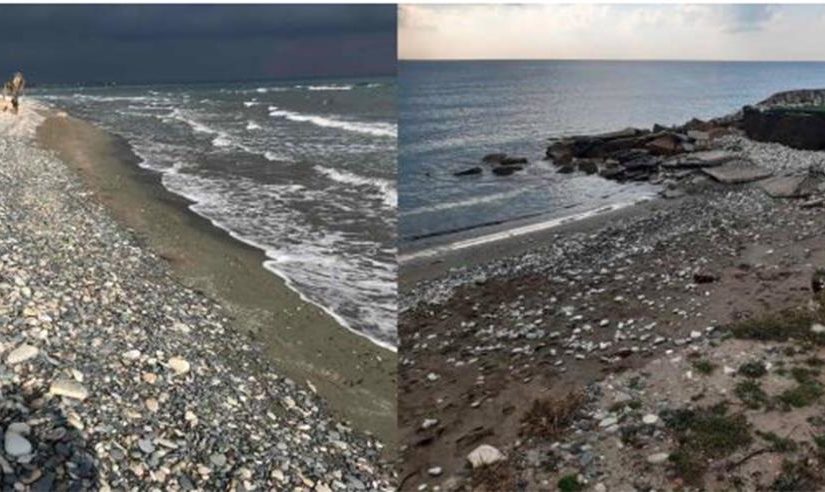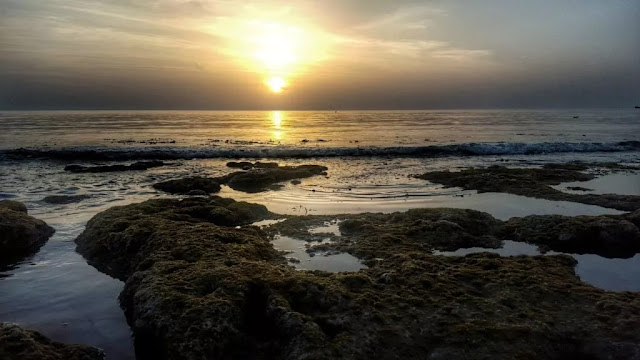in-cyprus 29 October 2024
Cyprus is grappling with significant coastal erosion, with some areas losing up to 50 centimetres annually, necessitating protection measures for approximately 78 kilometres of coastline, according to a study by the Ministry of Transport.
Protection works initiated in 2012 have already covered 16.2 kilometres of priority areas.
Over the past five years, coastal protection projects have been completed in Geroskipou, Germasogeia, Paphos (Venus), Larnaca, Pervolia, and Polis Chrysochous.
Current works in Oroklini, Pervolia, and Chloraka, which began between 2021-2022, are scheduled for completion by 2024.
Several coastal areas are under study, including Akrotiri Dolos to Tremithos River, Kourium Bay, Pervolia Lighthouse to Larnaca Airport, and multiple locations across Ayios Tychon, Neo Chorio, Ayia Napa, Kouklia, and Peyia.
Additional beach improvement studies are planned for Pyla, Kato Pyrgos Tylliria, former Larnaca refinery area, and Kourium (Pissouri).
Coastal erosion has been monitored since the early 1980s.
The ministry attributes the erosion to both natural causes (wave action, storms, tides, climate change) and human factors (coastal development, river dams, coastal quarries, wave zone construction).
Following the Turkish invasion, demand for coastal development increased dramatically as part of efforts to revitalise the economy and attract tourism.
A 1993 general study divided Cyprus’s free coastal zone into 12 sub-regions, with protection plans implemented across several areas including Larnaca (39km), Limassol (37km), and southern Paphos (35km).

Climate Central scientists have produced maps suggesting some coastal areas might be submerged in the future.
Their projections for 2150 indicate that Limassol’s Lady’s Mile bay area and Saint George could be underwater, along with areas around the salt lake.
In Larnaca, land from Meneou to the airport, including Mackenzie beach, could face severe erosion and partial submersion.
However, public officials working on this issue do not expect dangerous sea level rises within the next 30 years.
Since 2000, sea levels have risen only five centimetres, with tidal variations of around 30 centimetres not causing significant concern.
